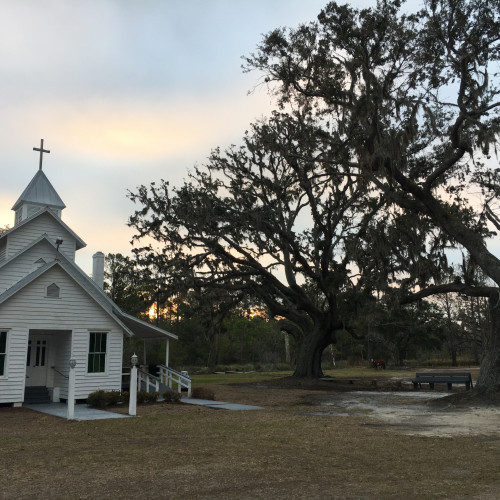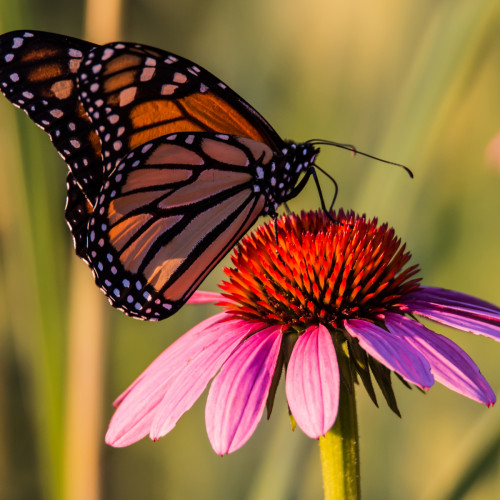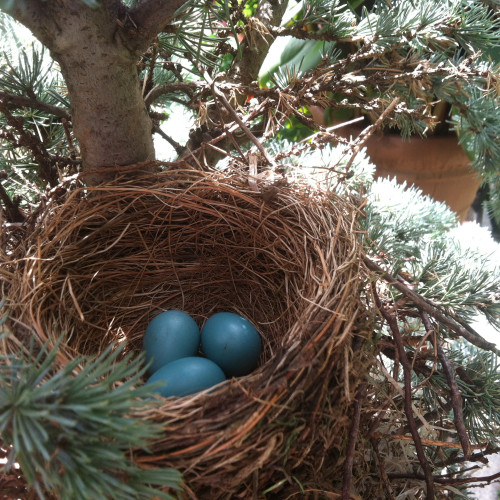The Live Oak
The characteristic branches belong to the Southern live oak (Quercus virginiana), also known simply as the live oak. This tree gets its name because it’s evergreen; unlike other oaks, it doesn’t lose its leaves in the autumn. The live oak does more than just provide shade; it serves as a habitat for hundreds of living organisms, including mammals, birds, insects, and other plants.

Live oaks are highly resistant to salt, rot, and disease and thrive in a wide range of coastal soil conditions.
Photograph by cturtletrax
Live Oak Facts
- Live oaks can grow to be as tall as 65 feet with branches that can spread more than 90 feet wide—that’s the length of two tour buses!
- The oldest live oaks in the United States are estimated to be between several hundred to more than a thousand years old.
- Wood from live oaks is incredibly tough and durable and was used to make some of the world’s finest tall ships

Sapelo Island, Georgia
Photograph by Brett McNish, Smithsonian Gardens
An Enduring Symbol
North America is home to around 250 oak species—the greatest diversity of oaks in the world.
For centuries, the live oak has been a symbol of safety, strength, and resilience. For some enslaved African Americans, live oaks provided shade and shelter while toiling in the fields. They served as gathering places for meetings and religious services, and they furnished durable timber, which African Americans harvested and made into ships.
Smithsonian Gardens works with other organizations to preserve live oaks as an important part of our shared cultural and ecological heritage.
Live oaks are native to the Southeastern coast of the United States, extending from Virginia to Florida and as far west as Texas and Oklahoma.
El roble vivo
Las ramas características pertenecen a la encina del sur (Quercus virginiana), también conocida simplemente como roble vivo. Este árbol se llama así porque es de hoja perenne; a diferencia de otros robles, no pierde sus hojas en otoño. El roble vivo no da sombra solamente; es el hábitat de cientos de organismos vivos, incluidos mamíferos, aves, insectos y otras plantas.

Los robles vivos son muy resistentes a la sal, la podredumbre y las enfermedades, y prosperan en una gran variedad de condiciones de suelo costero.
Fotografía de cturtletrax
Datos sobre el roble vivo
- Los robles vivos pueden alcanzar una altura de hasta 65 pies (20 metros) con ramas que pueden extenderse más de 90 pies (27 metros) de ancho, ¡esa es la longitud de dos autobuses turísticos!
- Se estima que la antigüedad de los robles vivos más viejos de los Estados Unidos oscila entre varios cientos de años y más de mil años.
- La madera de los robles vivos es increíblemente resistente y duradera y se utilizó para hacer algunos de los mejores veleros de mástiles altos del mundo.

Sapelo Island, Georgia
Fotografía de Brett McNish, Smithsonian Gardens
Un símbolo de resistencia
En América del Norte se encuentran unas 250 especies de robles, la mayor diversidad de robles del mundo.
Durante siglos, el roble vivo ha sido un símbolo de seguridad, fuerza y resiliencia. Para algunos afroamericanos esclavizados, los robles vivos eran sinónimo de sombra y refugio mientras trabajaban en los campos. Eran lugares de reunión para encuentros y servicios religiosos, y proporcionaban madera duradera, que los afroamericanos extraían y convertían en barcos.
Smithsonian Gardens trabaja con otras organizaciones para preservar los robles vivos como una parte importante de nuestro patrimonio cultural y ecológico en común.
Los robles vivos son nativos de la costa sureste de los Estados Unidos y se extienden desde Virginia hasta Florida y el oeste de Texas y Oklahoma.











